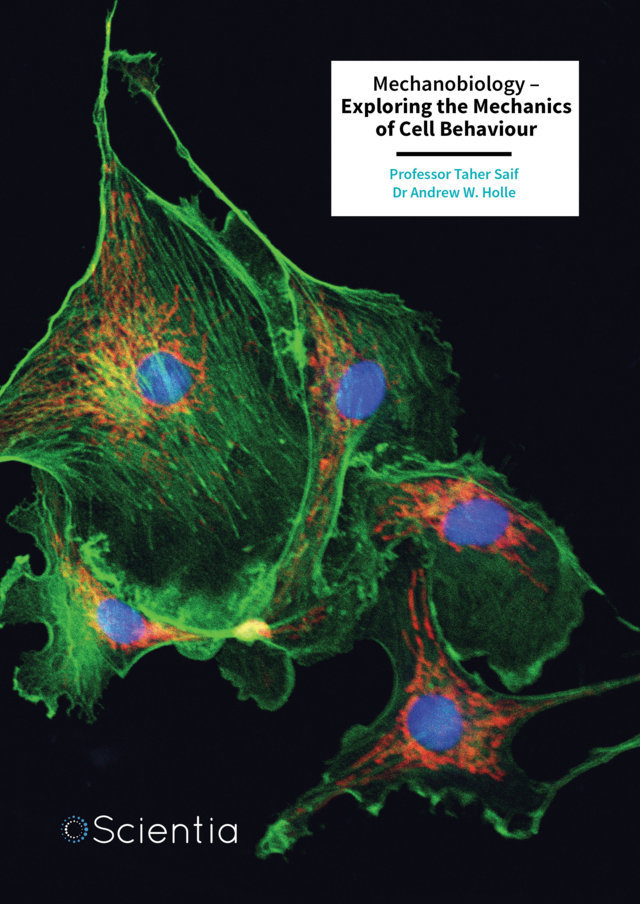Research from Dr Christopher W. B. Stephens and Sue Miller at the Susanna Wesley Foundation, Southlands College, Roehampton, reveals how university chaplains can effectively evaluate and demonstrate their impact within higher education institutions. Their work shows how chaplains can meet institutional demands for accountability while maintaining the unique spiritual and pastoral nature of their work, offering insights into evaluating the distinctive aspects of chaplaincy services. More
Modern universities increasingly require all departments to demonstrate their value and impact through measurable outcomes. This creates a particular challenge for university chaplains, whose work focuses on providing spiritual support, building relationships, and creating welcoming spaces – activities that don’t easily translate into traditional metrics. While the pressure to quantify impact has grown across all sectors where chaplains work, including healthcare and prisons, the challenges and solutions have been less well documented in higher education settings.
Stephens and Miller conducted an in-depth, two-phase study to address this challenge, working with a team of ten chaplains representing various faiths including Christian denominations, and Jewish and Muslim communities. The study took place at a British university where 70% of students identified with a specific faith tradition. The project ran from January 2020 until July 2022 and emerged in response to perceived pressure from the university for chaplains, collectively, to demonstrate the impact of their work in relation to institutional strategic goals. The project used an action research methodology, meaning the researchers collaborated closely with the chaplains to diagnose problems and develop solutions together.
The first phase of the research, conducted through focus groups and structured discussions, revealed complex and sometimes divergent views about measuring chaplaincy impact. Many chaplains initially expressed strong reservations about quantitative measurement approaches. The researchers used a specific methodology called Most Significant Change (MSC) as part of their approach. This technique focuses on collecting and analyzing stories about how programs create change, rather than just measuring against predefined indicators. The team adapted this method to their context, having chaplains share stories about changes they had observed in their work, then discussing these stories as a group to understand what constituted meaningful impact in their context.
The chaplains identified several specific challenges in measuring their impact. The conviction that chaplaincy work should not, or could not, be evaluated in ways which the university would recognise was a recurring theme. This resistance emerged from an assumption that data collected for assessing impact would inevitably be quantitative, essentially counting the number of students with which chaplains interact. The chaplains explained that chaplaincy should focus on quality over quantity of interactions with students. As one said, “Something very very important that I think it is quite difficult for institutions to hear, chaplaincy is the only place that both staff and students know that when they come, they are not going to be reduced to statistics”. A critical focus for chaplains in their work was the creation of spaces in which students and members of staff could feel welcome and safe: an activity where quantifying impact was almost impossible.
They emphasized that standard metrics for student engagement focussed on short-term rather than long-term effects. Much of their work’s value might only become apparent years later – for example, when students reflect on pastoral conversations long after graduating. They also highlighted that, while universities might measure success in the same way for every student, success for a chaplain can look different for each individual they work with, making standardized measures problematic.
The chaplains also described feeling caught between different accountability systems. While they needed to demonstrate value to the university, they also had responsibilities to their respective faith communities, which often had different expectations and ways of measuring success. For instance, while universities might focus on student engagement numbers, faith communities often prioritized the depth of spiritual support provided, regardless of numbers.
Stephens and Miller note that, despite these reservations, the chaplains recognized the importance of being able to articulate their value to the university. They expressed confusion over a lack of clarity concerning what the university wants to see from chaplaincy but acknowledged that in today’s environment, they need to demonstrate accountability and show how their work contributes to the institution’s goals. As one participant noted, “I know that we need to be able to articulate our value to the institution.” Chaplains also acknowledged that their theological commitments led them to believe they should be accountable also to God for the effective exercise of their ministries. This recognition led to the second phase of the research project.
Building on insights from Phase One, Miller and Stephens developed a new evaluation approach in the second phase of the study. They created two main tools: a ‘map’ of chaplaincy activities and an evaluation form. The map provided a visual representation of all the different areas where the chaplains had identified they work, through conversations in Phase One – from worship and pastoral care to teaching and community events. This helped chaplains see how their various activities fit into the bigger picture of university life and provided a framework for thinking about impact in different contexts.
The evaluation form was carefully designed to be flexible while still providing structure. Rather than imposing strict metrics, it asked open questions that allowed chaplains to describe their work’s impact in ways that felt authentic to them. Questions included “What is the intended purpose of the activity?” and “What difference do you want the activity to make?” The form also asked chaplains to consider how they would know if their work was making a positive difference and how they might gather evidence of impact.
This evaluation form was deliberately structured to encourage deep reflection while remaining practical to use. It included sections for basic activity details, intended purposes, desired outcomes, and methods for gathering evidence of impact. Importantly, it allowed chaplains to define success on their own terms, whether that meant profound individual transformations or broader community effects.
Testing these tools between October 2021 and April 2022 revealed several positive outcomes. Chaplains reported that the process helped them become more intentional about some of their work and better able to articulate its value. Many reported that the evaluation process itself became a valuable tool for reflection and improvement. Rather than just measuring what they did, chaplains used it to think more deeply about their work and how they could enhance its impact.
For Miller and Stephens, the testing phase revealed fascinating insights about how chaplains understand and articulate their work’s value. The evaluation process had unexpected benefits for team dynamics. Through discussing their work and its impact, chaplains of different faiths discovered they had more common ground than they initially thought. This led to better collaboration and a stronger sense of shared purpose within the chaplaincy team. As one chaplain noted, “It has also helped me grow and have more of an appreciation that there are a lot of similarities between chaplains of different faiths.”
By calling on chaplains to find ways to explain to others the purpose and the value of their work the tool also challenged them to interrogate whether they had taken time to discern purpose and intended impact for themselves. One noted “it’s been quite liberating to complete the form because it allows me to enrich my own knowledge as to why I do what I do and then also be able to share that”.
The tool encouraged chaplains to find ways to unpick and explain their contributions without being held back by the concerns around quantitative measures. One stated “I think there is something to be said for articulating things, which is really what this whole process has become”.
However, while the evaluation resource was found to be helpful for reflection and articulating value, the chaplains identified some specific limitations. The form did not help them make decisions about prioritizing different activities and time constraints emerged as a practical challenge.
Some questions remained about measuring impact in particularly complex or nuanced situations. The chaplains noted special challenges in evaluating their work with people “on the edges” of university life. As one chaplain expressed, “For those on the edges, those are the ones that we often end up connecting to. I don’t know yet if what we’ve got helps us celebrate that actually.” They also identified difficulties in capturing certain profound but subtle interactions, with one chaplain explaining “it’s like something’s moved, not just in the person but in yourself as well. And that encounter, it’s really hard to put into words”.
Additionally, while chaplains developed their ability to discuss their work’s value, there remained questions about how to communicate this effectively to the wider institution. This was particularly evident in their reflections about finding appropriate forums and opportunities for sharing their evaluation findings within university structures.
Overall, as Miller and Stephens explain, although the resource had success in enabling chaplains to engage more closely with institutional priorities, chaplains continued to remain somewhat unclear on what was expected of them and to feel that their work was not necessarily understood by the institution. This did not diminish the value of the resource as a means to enable them to articulate the contributions of their work but it suggested that a further stage of the project would be useful, during which chaplains and senior leaders in the institution could be brought together in dialogue.
Stephens’ and Miller’s work shows that there may be some inherent discrepancies between chaplains and universities in terms of how value is measured and the language used to describe that value. The need to retain chaplaincy’s ‘integrity’ impinges on attempts at measuring its impact. However, this project has demonstrated that there is a way forward that can attempt to balance these tensions. This is being tested and refined in the next phase of Miller’s and Stephens’ research.







